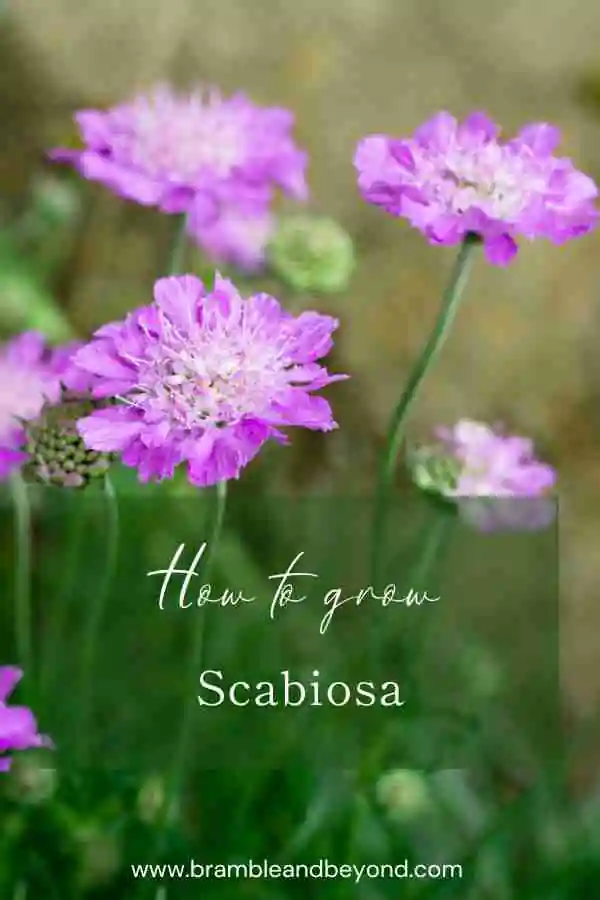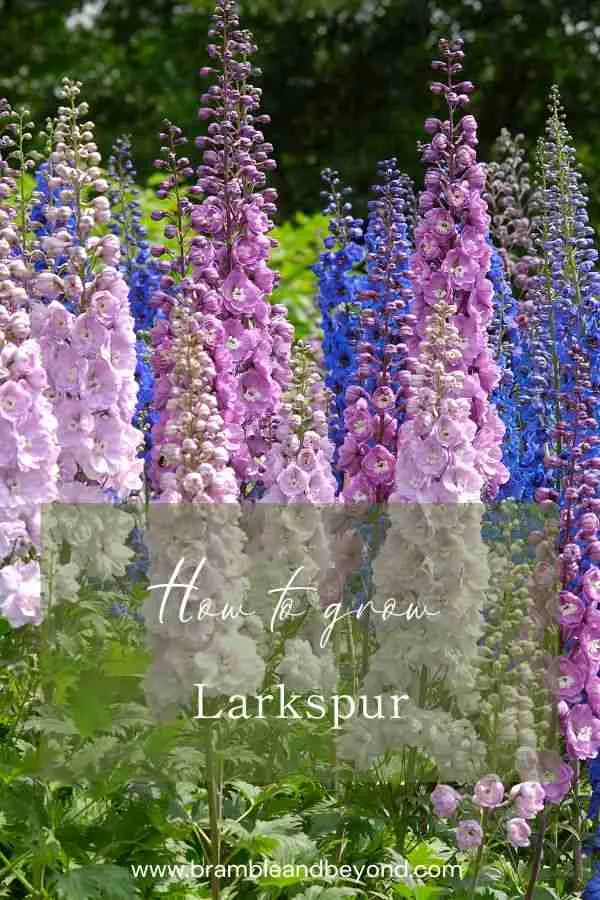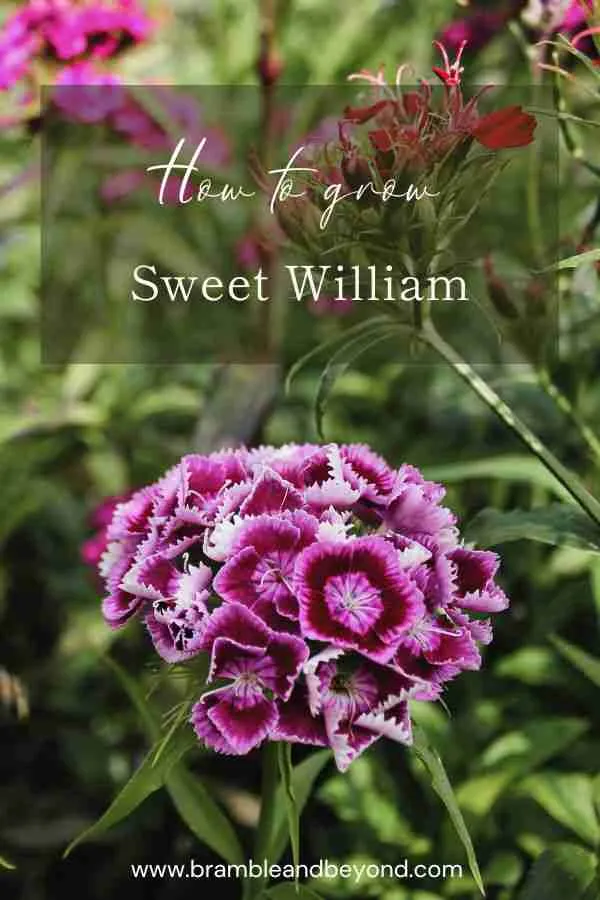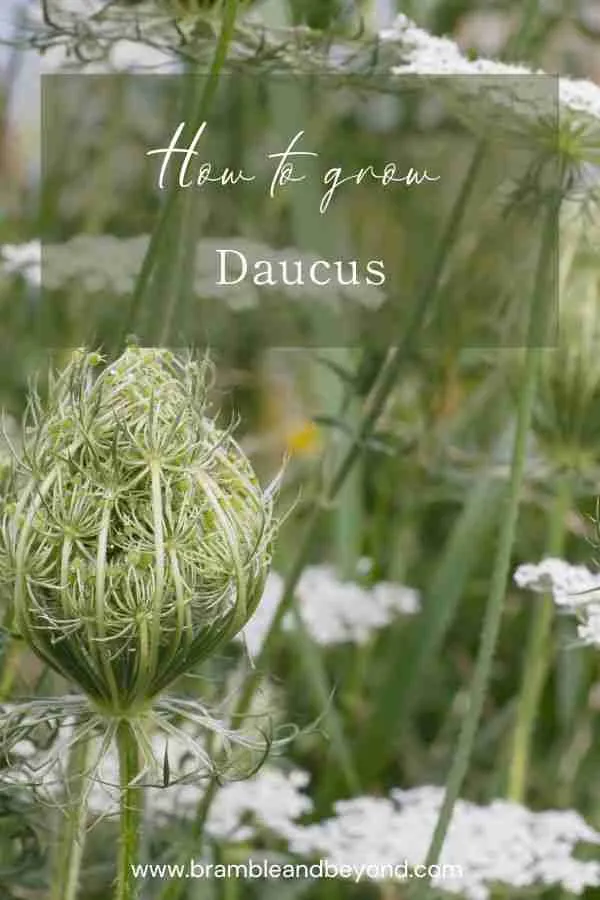Disclosure: This post may contain affiliate links, meaning I get commission if you decide to make a purchase through my links, at no cost to you. Please read my Affiliate Disclosure for more information.
Scabiosa, also known as Pincushion, is a beautiful flowering plant that comes in many varieties. These tall plants feature large flowers in a wide range of colours, including whites, pinks, and deep reds. The flower heads of scabiosa are known for their profusion of double pincushion flowers, which are about two inches in diameter and sit atop tall, sturdy stems. This makes scabiosa an excellent choice as a filler flower in floral arrangements. So let’s learn how to grow scabiosa.
Scabiosa blooms from summer into early autumn, bringing vibrant colours to gardens and attracting pollinators. Once the flowers fade, they leave behind conical and textural seedpods, adding further interest to the plant. Scabiosa is not only stunning in the garden but is also ideal for cutting and drying the seed heads for use in flower arrangements.
One popular variety of scabiosa is the Atropurpurea Stellata Ping Pong, which features ball-shaped light blue flower heads, which are fairly insignificant. However, when dried, these flower heads form excellent seed heads that can be used in floral arrangements.
What is Scabiosa
Scabisoa is a hardy annual so can be sown in autumn.
To successfully grow scabiosa, it is important to provide them with the right growing conditions.
Scabiosa thrives in full sun or partial shade and prefers well-draining soil. It is recommended to plant scabiosa in fertile soil that has been amended with organic matter. Regular watering is necessary to keep the soil evenly moist, but be careful not to overwater as scabiosa can be sensitive to excessive moisture.
With the right care and attention, you can enjoy the beauty of scabiosa in your garden and create stunning floral arrangements with its unique flowers and seed heads.
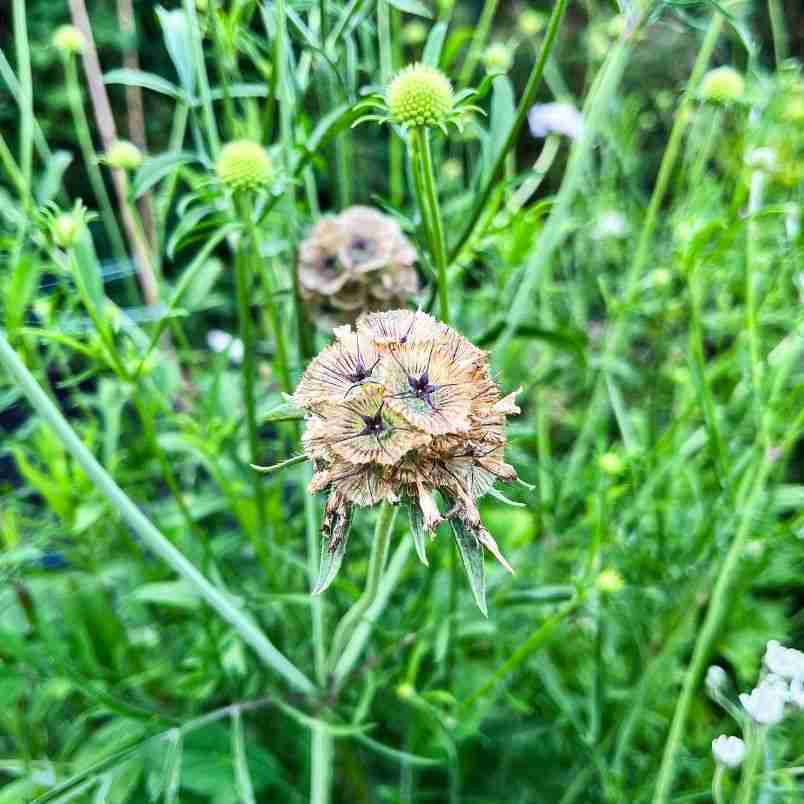
How to grow scabiosa:
- Start seed indoors in trays 6 to 8 weeks before last frost.
- Transplant out after all danger of frost has passed.
- Deadhead regularly to prevent the plant going to seed and to encourage more flowers, unless you are growing them for their seed heads, such as Stellata Ping Pong.
- Sow in the Autumn for flowers the following early Summer, or in the Spring for flowers later in the season.
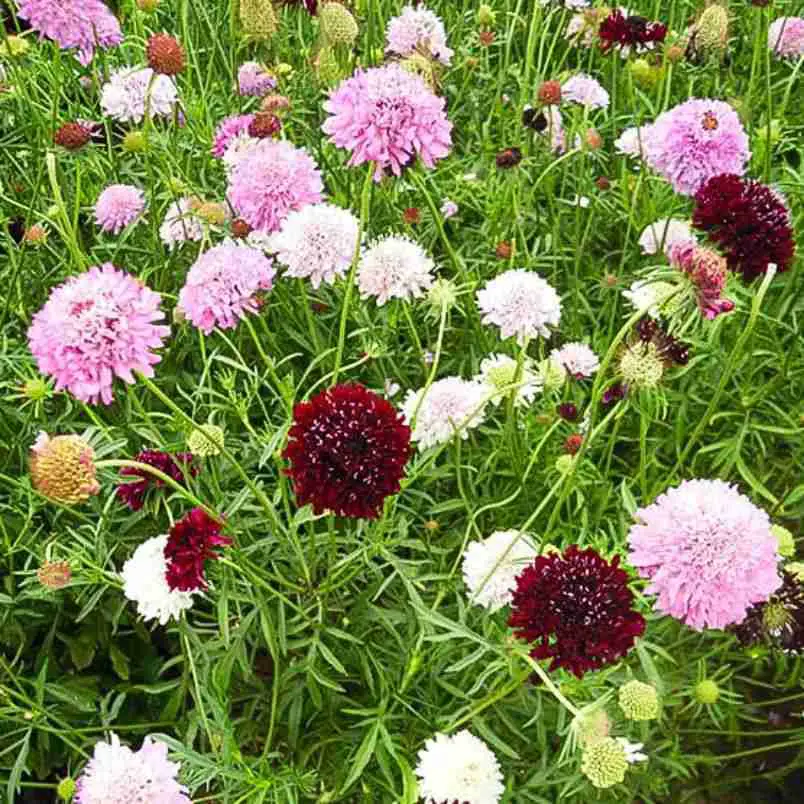
Details:
- Plant type: hardy annual
- Height: varies depending on variety
- Site: full sun
- Sowing depth: 3mm
- Germination: 7 days
- Temperature: 21°C
- Days to maturity: 90-100 days
- Plant spacing: 23-30cm
- Pinch: not necessary
- Staking: not necessary
- Drying: seed heads
Please note we pack the majority of our seeds by weight so the number of seeds indicated is only an approximation.
Currently, I sell our seeds, and other bits and bobs, through Etsy, so the link below will direct you there.
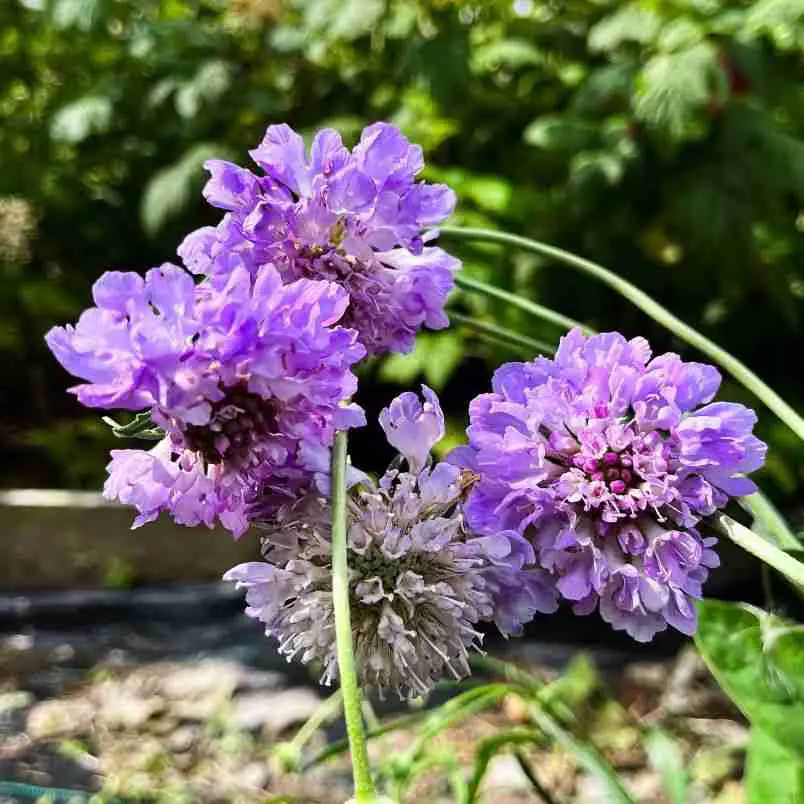
Harvesting/Vase Life:
- Harvest when the flowers are still in bud stage or just beginning to open. They will continue to open in the vase.
- Expect a vase life of 7 to 10 days.
- To dry Stellata Ping Pong, harvest when seed heads are light green and centres are turning black. If harvested beyond this point the seed heads will fall apart.
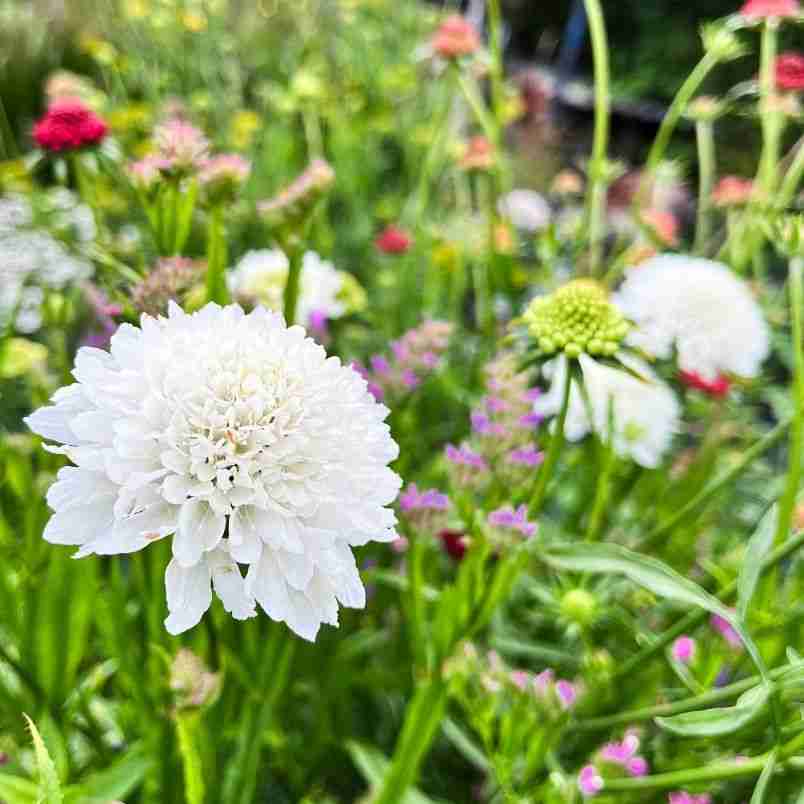
Here are my top tips for growing scabiosa flowers:
- Sow your scabiosa seeds in autumn and/or during early spring. I find that sowing a few seeds in each season will see you with flowers throughout the growing season. The autumn sown seeds will flower earlier than spring sown flowers.
- This can be direct sown into the growing area or sown into seed trays. I prefer to sow most seeds into seed trays as I find I waste less seeds and the seedlings are easier to distinguish from weeds.
- Choose a bed that receives full sun and is well-drained for optimal growth.
- If you are sowing directly in the soil make sure your soil has been raked to a fine tilth.
- When direct sowing, create straight drills and lightly cover the seeds, about a millimetre is enough.
- Unless your cut flower garden is super protected from the wind, it’s worth staking your scabiosa plants for extra support. They grow into quite tall and unruly plants so benefit from a bit of taming.
Hope these tips help you grow gorgeous ammi majus flowers in your garden! Remember that sustainable seasonal flower gardening is a rewarding and fulfilling endeavour. Embrace the beauty and elegance of ammi majus in your garden, creating a harmonious space that not only captivates your senses but also supports the delicate balance of nature.

